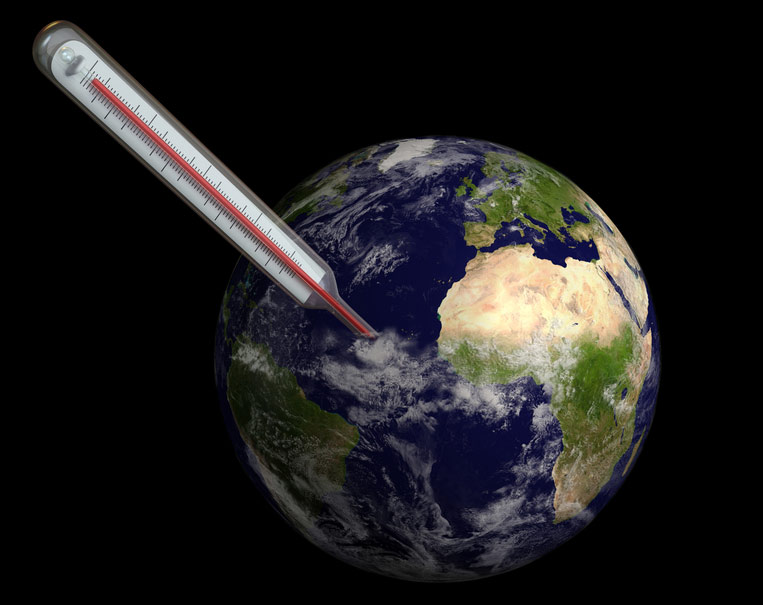2 Degrees of Warming a Recipe for Disaster, NASA Scientist Says

SAN FRANCISCO — The target set by nations in global warming talks won't prevent the devastating effects of global warming, according to climate scientist James Hansen, director of NASA's Goddard Institute for Space Studies.
The history of ancient climate changes, which occurred over millions of years in the planet's history as it moved in and out of ice ages, offers the best insight into how humans' greenhouse gas emissions will alter the planet, Hansen said here today (Dec. 6) at the annual American Geophysical Union (AGU) meeting. And his research suggests the climate is more sensitive to greenhouse gas emissions than had been suspected.
"What the paleoclimate record tells us is that the dangerous level of global warming is less than what we thought a few years ago," Hansen said. "The target that has been talked about in international negotiations for 2 degrees of warming is actually a prescription for long-term disaster."
Hansen is referring to the goal set by climate negotiators in Copenhagen in 2009 to keep the increase in the average global temperature below 3.6 degrees Fahrenheit (2 degrees Celsius). That cap was put in place as a means to avoid the most devastating effects of global warming. [How 2 Degrees Will Change Earth]
However, signs of changes that will exacerbate the situation, such as the loss of ice sheets that will raise sea level and change how much sunlight is reflected off the planet's surface, are already appearing, according to Hansen.
Two degrees of warming will lead to an ice-free Arctic and sea-level rise in the tens of meters, Hansen told LiveScience. "We can't say how long that will take, [but]it’s clear it's a different planet."
Climate negotiators, currently gathered in Durban, South Africa, are working with that 2-degree goal, trying to figure out ways to meet it.
Get the world’s most fascinating discoveries delivered straight to your inbox.
If greenhouse gas emissions continue to rise unabated, the Earth's temperature is expected to increase by about 5.4 degrees F (3 degrees C) thanks to short-term effects, such as an increase in water vapor in the atmosphere and changes in cloud cover, which will amplify or weaken the temperature increase. But this is only a small piece of the warming that is expected, according to Hansen's research.
Some fast-feedback effects show up within decades, and some of these show up only when other parts of the system, particularly the oceans, which warm slowly, catch up with atmospheric warming. This can take centuries.
There are also slow-feedback effects that are expected to amplify global warming, particularly, the melting of ice sheets. The darker ground beneath the ice and the meltwater that pools on top of it absorbs more sunlight, warming the planet even more.
It's difficult to project how long the effects will take to set in, because, in the history of Earth's climate, the level of carbon dioxide in the atmosphere has never risen as quickly as it is now.
Because there is evidence that ice sheets are losing mass, the planet is already facing these powerful feedbacks, making the goal of reducing greenhouse gas emissions to a point that prevents warming of 3.6 degrees F (2 degrees C) insufficient, said Hansen and his colleagues Ken Caldeira of Stanford University and Eelco Rohling of the University of Southampton in England said during their presentation.
You can follow LiveSciencesenior writer Wynne Parry on Twitter @Wynne_Parry. Follow LiveScience for the latest in science news and discoveries on Twitter @livescience and on Facebook.



